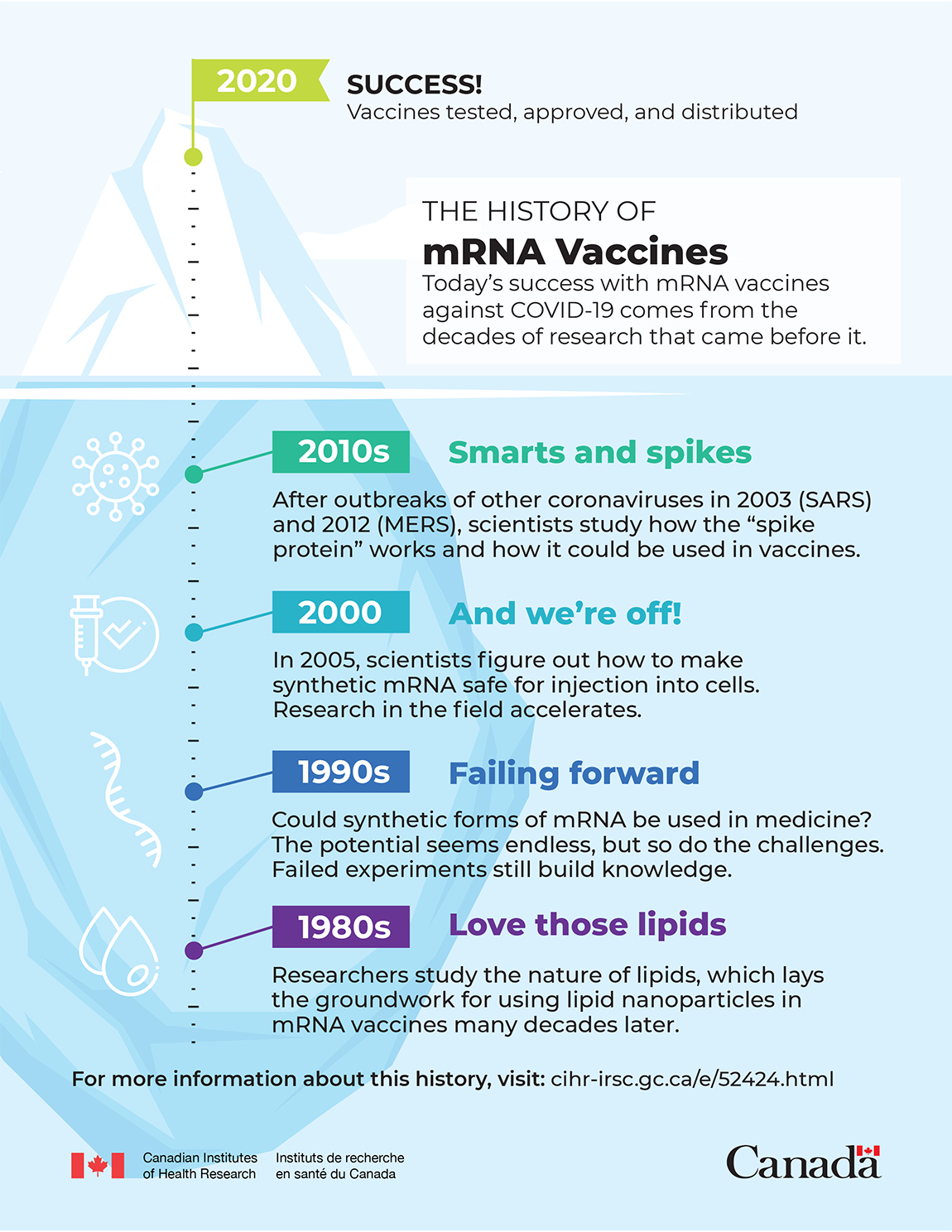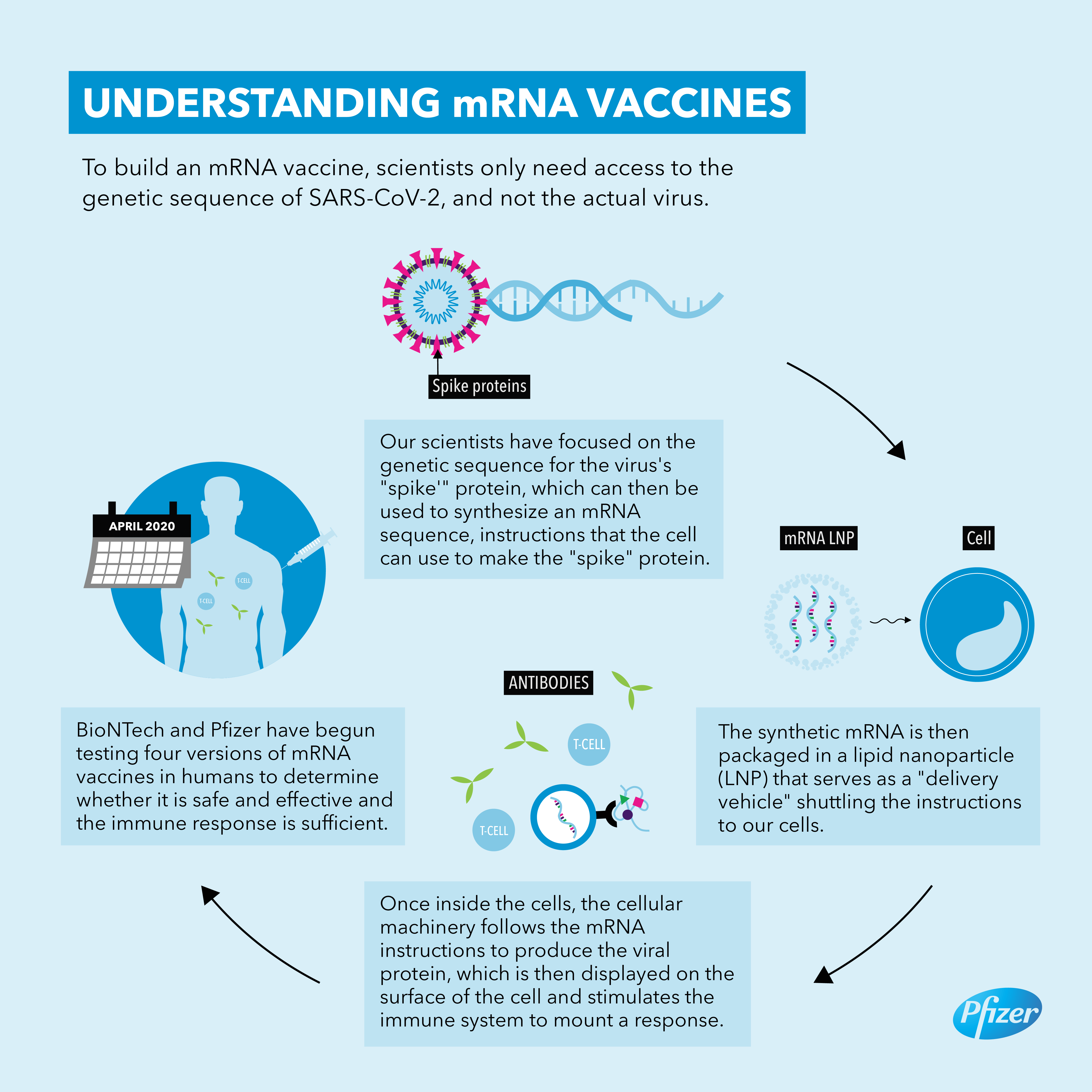

In September, Cuba began rolling out vaccines for children as young as two years old, with the domestically produced Soberana-02 and Soberana Plus vaccines. Alia Chughtai/Al Jazeera (Al Jazeera) Latin America It is expected to make an announcement next month. The EU regulator is evaluating an application to extend the use of the vaccine to children aged five to 11. In the United Kingdom, which is not part of the EU, 12 to 15 year olds are being offered a single Pfizer-BioNTech jab. But health authorities have paused the rollout of second doses, partly due to a rare side effect linked to heart inflammation. In Norway, which is not part of the EU, the Pfizer-BioNTech vaccine has been approved for those aged 12 to 15. In Germany, as of November 23, some 45 percent of the 12 to 17 age group had been fully vaccinated with the Pfizer-BioNTech vaccine. The European Union’s health regulator, the European Medicines Agency (EMA), in May approved the use of the Pfizer-BioNTech vaccine for use in children over the age of 12. It is using the Pfizer-BioNTech and Sinopharm vaccines with the aim of immunising at least three million children. Morocco, one of the first African countries to offer shots to children and adolescents, began vaccinating those between ages 12 and 17 in September. The government is aiming to inoculate about six million adolescents in this age group with a single dose of the Pfizer-BioNTech vaccine. South Africa began the immunisation of children aged 12 to 17 in October. Pakistan is currently administering the Pfizer-BioNTech vaccine to children over age 15, and the Chinese Sinovac and Sinopharm vaccines to children over 12. Vaccination for some groups of children could begin in January, news reports say. Bharat Biotech, the makers of the domestically manufactured Covaxin vaccine, sought permission for emergency use in children aged 12 and over, but regulators have yet to announce a decision. It is the world’s first DNA-platform vaccine for COVID-19, but its rollout has not begun.

In August, India’s drug regulator approved Zydus Cadila’s needle-free Z圜oV-D vaccine for those aged 12 and above. Taiwan has temporarily suspended giving second doses of the Pfizer-BioNTech vaccine to children and adolescents between 12 and 17 years over concerns from the risk of myocarditis (inflammation of the heart muscle) and pericarditis (inflammation of the outer lining of the heart), according to media reports.
#VACCINE INFOGRAPHIC FULL#
While some countries are giving children and adolescents the full two-dose course of the Pfizer-BioNTech vaccine, others are giving a single dose.Īccording to the London School of Hygiene & Tropical Medicine, there are 20 vaccine candidates in clinical testing for those under 18.Ĭhina has begun inoculating children aged three and above with its own CoronaVac vaccine, produced by Sinovac Biotech. Three vaccines that have been approved by the World Health Organization (WHO) are being administered to children in various countries: the Pfizer-BioNTech vaccine, the Sinopharm shot and the Sinovac vaccine. While many children who do catch COVID have few to no symptoms, those with underlying health conditions may be at increased risk of severe illness. More than 100 countries around the world have extended their COVID-19 vaccination drives to children.Īccording to a report from UNICEF, which analysed 115 million confirmed COVID-19 cases from 105 countries, people under 20 account for 16 percent of reported cases.


 0 kommentar(er)
0 kommentar(er)
